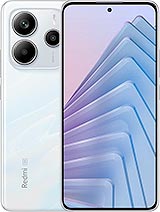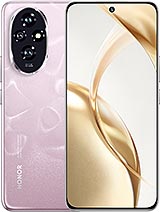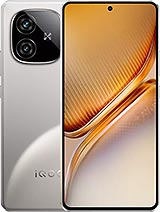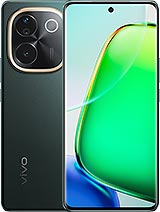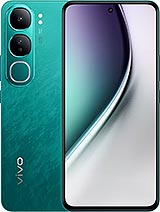iQOO Z9s alternatives
Tap above to see alternatives.
Vivo Y300 alternatives
Tap above to see alternatives.
4x2.5 GHz Cortex-A78
4x2.0 GHz Cortex-A55
2x2.2 GHz Cortex-A78
6x1.95 GHz Cortex-A55
8GB 256GB (UFS 2.2)
12GB 256GB (UFS 2.2)
8GB 256GB (UFS 2.2)
f/1.8, (wide), 1/1.95", 0.8µm, PDAF, OIS
2 MP
f/2.4, (depth)
f/1.8, (wide), 1/1.95", 0.8µm, PDAF
2 MP
f/2.4, (depth)
1080p
f/2.5, (wide), 1/3.0", 1.0µm
f/2.5, (wide)
SIM1: Nano, SIM2: Nano
SIM1: Nano, SIM2: Nano
8 5G bands
n1, n3, n5, n8, n28, n40, n77, n78
8 5G bands
n1, n3, n5, n8, n28, n38, n40, n41
In this performance comparison, the iQOO Z9s with its Mediatek Dimensity 7300 (4nm) performs better than the Vivo Y300 with the Qualcomm Snapdragon 4 Gen 2 (4nm), thanks to superior chipset efficiency.
Both phones launched with Android 14 and will get updates until Android 16. Both phones are expected to receive security updates until around 2027.
Both iQOO Z9s and Vivo Y300 feature AMOLED displays, offering vibrant colors and deeper blacks. Both smartphones offer the same 120 Hz refresh rate. Both devices deliver the same brightness level at 1800 nits. Both phones have the same screen resolution.
iQOO Z9s comes with a larger 5500 mAh battery, which may offer longer usage on a single charge. Vivo Y300 also supports faster wired charging at 80W, compared to 44W on iQOO Z9s.
Both phones feature the same IP64 rating for water and dust resistance.
¹ Scores can vary even with the same chipset due to RAM, thermals, and software optimization.

